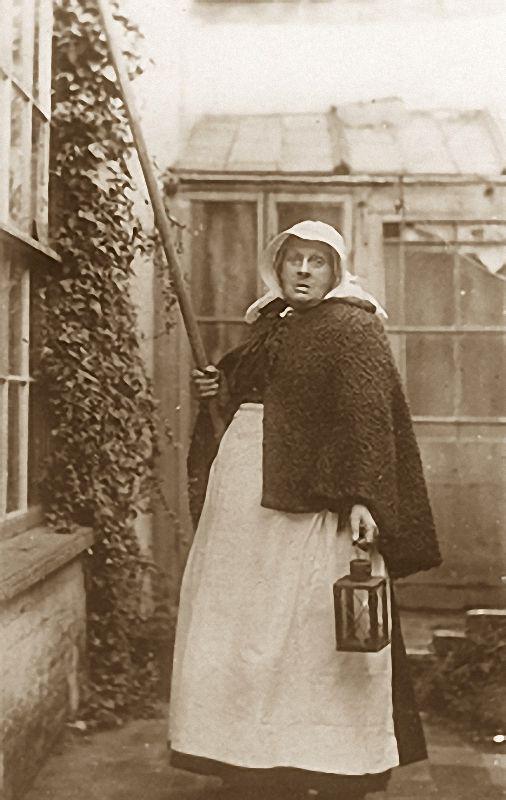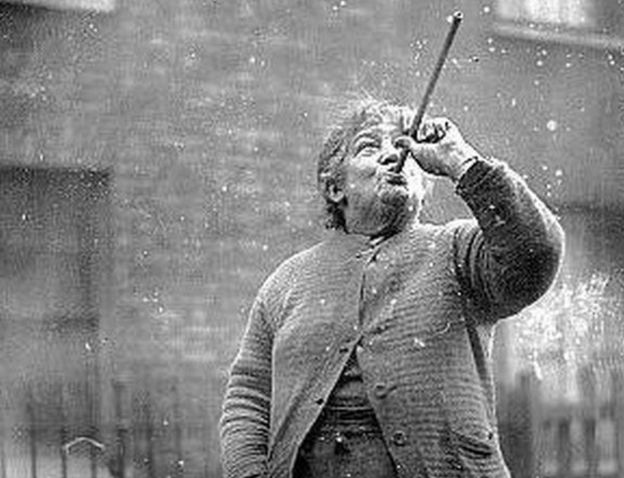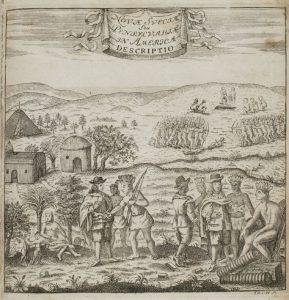 Paraskevidekatriaphobia, or fear of Friday the 13th, is suffered by approximately 17 million people according to the Stress Management Center and Phobia Institute in North Carolina. Paraskevidekatriaphobia is derived from the Greek word paraskeví, Friday, and dekatria, thirteen.
Paraskevidekatriaphobia, or fear of Friday the 13th, is suffered by approximately 17 million people according to the Stress Management Center and Phobia Institute in North Carolina. Paraskevidekatriaphobia is derived from the Greek word paraskeví, Friday, and dekatria, thirteen.
As far as superstitions go, the fear of Friday the 13th seems fairly new, dating back to the late 1800s. Friday has long been considered an unlucky day (according to Christian tradition, Jesus died on a Friday), and 13 has a long history as an unlucky number. Not only people but businesses suffer from this fear, especially the airlines who suffer significant financial losses from unpurchased seats on Friday the 13th. Paraskevidekatriaphobia is evident in high-rise buildings, hotels, and hospitals that skip the 13th floor and many airports do not have gates numbered 13. In many parts of the world, having 13 people at the dinner table is considered bad luck.
 No one knows for sure how the two myths combined to make Friday the 13th the unluckiest of all days. One theory suggests the fear can be traced back to Friday, October 13th, 1307. King Philip IV of France requested the Knights Templar assist him in paying off some of his growing debt accrued through war with England. After the group refused the king, Philip turned to his friend, Pope Clement V, who shared Philip’s trepidation of the growing influence of the Templars’. This resulted in a declaration that all Templars in France be arrested on Friday, Oct. 13, 1307. Subsequently, the king and the Vatican claimed ownership of all the Templars’ land and money. Although the Templars did receive trials, their fate was already decided. Every member of the group was found guilty of heresy, along with other crimes, and were sentenced to death.
No one knows for sure how the two myths combined to make Friday the 13th the unluckiest of all days. One theory suggests the fear can be traced back to Friday, October 13th, 1307. King Philip IV of France requested the Knights Templar assist him in paying off some of his growing debt accrued through war with England. After the group refused the king, Philip turned to his friend, Pope Clement V, who shared Philip’s trepidation of the growing influence of the Templars’. This resulted in a declaration that all Templars in France be arrested on Friday, Oct. 13, 1307. Subsequently, the king and the Vatican claimed ownership of all the Templars’ land and money. Although the Templars did receive trials, their fate was already decided. Every member of the group was found guilty of heresy, along with other crimes, and were sentenced to death.
So, is Friday the 13th actually unlucky? Statistical studies have shown no correlation between things like increased accidents or injuries and Friday the 13th. But here are a few historical incidents that might leave you questioning those researchers.
- Buckingham Palace was hit by five German bombs on Friday, September 13, 1940, with both King Geroge VI and Princess Elizabeth in residence. One member of the royal staff died and the palace chapel was destroyed.
- On November 13, 1970, a huge South Asian storm killed an estimated 300,000 people in Chittagong, Bangladesh, and create floods that killed as many as 1 million in the Ganges delta.
- A Chilean plane crashed in the Andes mountains on Friday, October 13, 1972. It took rescuers two months to find the wreckage and the 16 survivors who had been forced to eat dead passengers in order to stay alive.
- On January 13, 1989, the “Friday the 13th virus” infected hundreds of IBM computers across Great Britain, wiping out program files and causing considerable anxiety at a time when large-scale computer viruses were a relatively new threat.
- The Costa Concordia cruise ship ran aground on Friday, January 13, 2012, off the western coast of Italy killing 30 people.
- Isil carried out seven coordinated terror attacks in Paris killing 130 people on the evening of Friday, November 13, 2015.
Take heart if you suffer from Paraskevidekatriaphobia–there cannot be more than three Friday the 13ths in any given calendar year. The longest one can go without seeing a Friday the 13th is fourteen months. But Friday the 13th isn’t the only superstition with strange origins. Here are a few other common unfounded fears with strange and/or unknown beginnings.
 Here, Kitty Kitty
Here, Kitty Kitty
Black cats weren’t always the basis of superstitions, feared, or even considered bad luck. In early Egypt cats, including black ones, were held in high esteem. To kill one was considered a capital crime. It wasn’t until the middle-ages in Europe that black cats were associated with witches. This folklore seems to be traced to a 1560s tale of a father and son in Lincolnshire traveling one moonless night when a black cat crossed their path and dove into a crawl space. Legend says they threw rocks at the furry feline until the helpless, injured creature scurried out into the home of a suspected witch. The next day, the father and son came across the same woman and noticed she was limping and bruised. Believing it to be more than a coincidence, rumor spread that the witch could turn into a black cat at night.
 Why Shouldn’t I Walk Under that Ladder?
Why Shouldn’t I Walk Under that Ladder?
Many theories exist about the unluckiness of walking under a ladder. One explanation regarding ladders and bad luck has its roots in Christianity. Christians believe in the Holy Trinity — the Father, the Son, and the Holy Ghost. This belief made the number three sacred in early times, and along with it, the triangle. A ladder leaning up against a wall forms the shape of a triangle, and walking through it was considered “breaking” the Trinity, a crime seen as blasphemous as well as potentially attracting the devil.
Others believe that a ladder is reminiscent of a gallows. Ladders were used to allow the person being hanged to climb high enough to get to the rope. Definitely not very lucky.
If you do walk under a ladder, can you reverse your ill fortune. Richard Webster, author of the book “The Encyclopedia of Superstitions,” lists several remedies you can try:
- Make a wish while you’re walking under the ladder.
- Walk backwards through the ladder again
- Say “bread and butter” as you walk under the ladder. (I’m not sure about this one. We always used that expression when two people walking together split up to go around an obstacle like a fire hydrant or oncoming pedestrians, etc.)
- Cross your fingers and keep them crossed until you see a dog.
Another age-old remedy is to spit on your shoe, but don’t look at your shoe until the spit has dried. Or, spit three times between the rungs of the ladder.
It seems easier just to avoid the ladder altogether.

Photo by Carmen Ward Villota
Mirror, Mirror on the Wall
Centuries-old lore holds fast to the idea that a mirror is not only a projection of one’s appearance, but one’s soul. Breaking a mirror also breaks the soul into pieces. The soul, now severely damaged, isn’t able to fully protect its owner from bad luck.
Long before mirrors existed, reflective surfaces were considered magical and were credited with the ability to look into the future. In ancient mythology we can often find the gods and goddesses, as well as mere mortals, looking into still water to catch a glimpse of their fate. Reflective surfaces like shiny metals and mirrors were also used to receive messages from the gods. The power of reflective surfaces to captivate and deceive are also featured strongly in such stories as Narcissus and Snow White.
It was the Romans who tagged the broken mirror as a sign of seven years bad luck. The length of the prescribed misfortune came from the ancient Roman belief that it took seven years for life to renew itself. According to Roman lore, the misfortunate who accidentally break a mirror, must take all the pieces of the mirror and bury them in the moonlight, or take all pieces and throw them into running water, or pound the broken mirror into tiny pieces so that none of them can reflect anything ever again.
Other Common Mirror Superstitions:
- To see your reflection in a mirror is to see your own soul, which is why, according to myth, a vampire, who is without a soul, has no reflection.
- If a couple first catch sight of each other in a mirror, they will have a happy marriage.
- If a mirror falls and breaks by itself, someone in the house will soon die.
- Any mirrors in a room where someone has recently died, must be covered so that the dead person’s soul does not get trapped behind the glass. Folklore has it that the Devil invented mirrors for this very purpose.
- It is bad luck to see your face in a mirror when sitting by candlelight.
Pass the Salt, Please
In ancient times, salt was a precious commodity. Because of its difficulty to procure and its high cost, salt became a form of currency. In fact, the word “salary” originates from sal, the Latin word for salt, possibly because Roman soldiers received salt as part of their compensation. Spilling something as highly prized as salt was bad form and a big waste, which grew into a warning that this carelessness would bring one bad luck.
Another theory to the origin of this superstition is Leonardo da Vinci’s painting “The Last Supper.” In the detail of the painting, you can see some spilled salt near Judas Iscariot’s elbow, which he presumably knocked over. According to the Bible, Judas later betrayed Jesus, so spilling salt became associated with dishonesty and treachery which would naturally bring bad fortune and bad luck.

The Last Supper by Leonardo da Vinci

As superstitions tend to do, the spilled salt superstition grew and evolved over centuries, with different cultures assigning different meanings. If you spill salt, here are some of the things that might happen:
- A big fight and the end of a friendship.
- Bad luck for the person toward which the salt was spilled.
- The devil is invited in to perform evil deeds.
But don’t worry, you can undo that curse by simply taking a pinch of the spilled salt and throwing it over your left shoulder. According to legend, the devil stands behind your left shoulder, waiting for an opportunity to perform evil deeds as mentioned above. If you toss some of the errant salt over your shoulder, it will go into the devil’s eyes, blinding him and rendering him powerless.

Photo credit EXPLORED~ | by valstar2011
Step on a Crack and Break Your Mother’s Back
Evidence of this superstition dates back to the Middle Ages. Cracks were not something to trifle with because danger lurked in these empty spaces. Fissures in sidewalks, floors and soil, as well as in walls, signaled gaps in the boundaries between the earthly realm and the spiritual realm where evil spirits lurked. Stepping on a crack might free that evil entity to cause mischief or break apart one’s family.
Some superstitions are so ingrained in modern English-speaking societies that everyone, from lay people to scientists, succumb to them or, at the very least, feel slightly uneasy about not doing so.
How about you? Are you superstitious or skeptical?
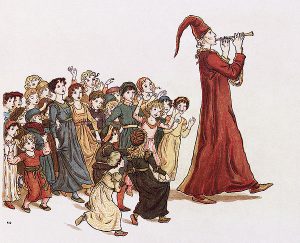

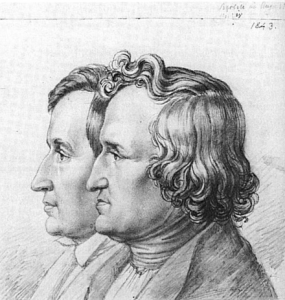

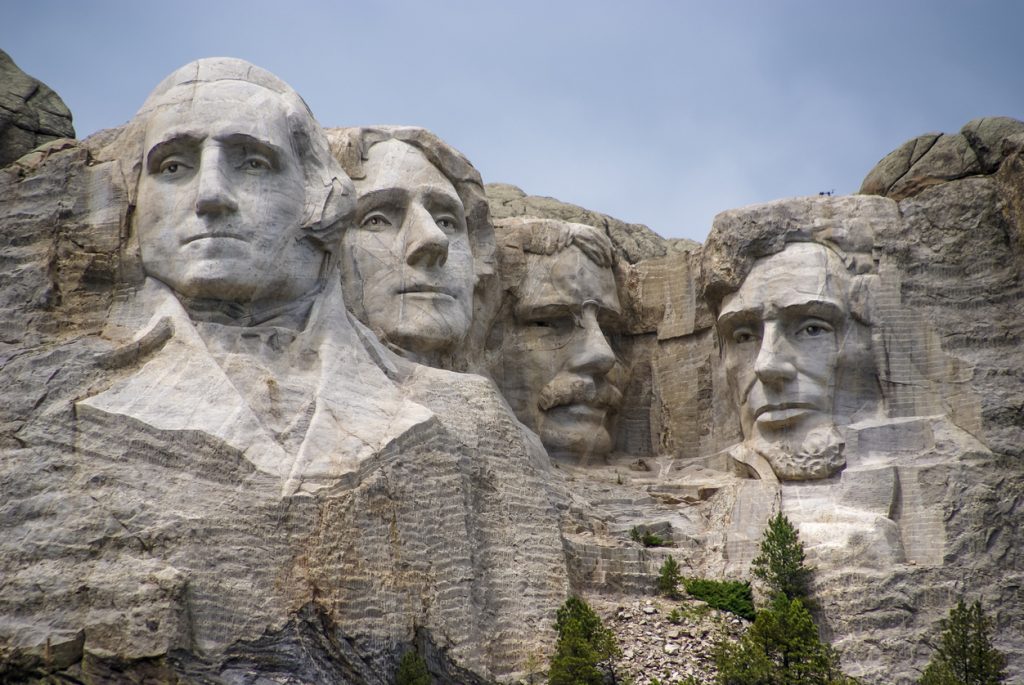


 Ronald Reagan (1981-1989)
Ronald Reagan (1981-1989) Morning comes early for me. Once a night owl, I’m now one of the earliest risers of my acquaintance. I have the advantage of setting an alarm clock for 4:30 in the morning and hitting the snooze button several times if I’m not quite ready to greet the day.
Morning comes early for me. Once a night owl, I’m now one of the earliest risers of my acquaintance. I have the advantage of setting an alarm clock for 4:30 in the morning and hitting the snooze button several times if I’m not quite ready to greet the day.